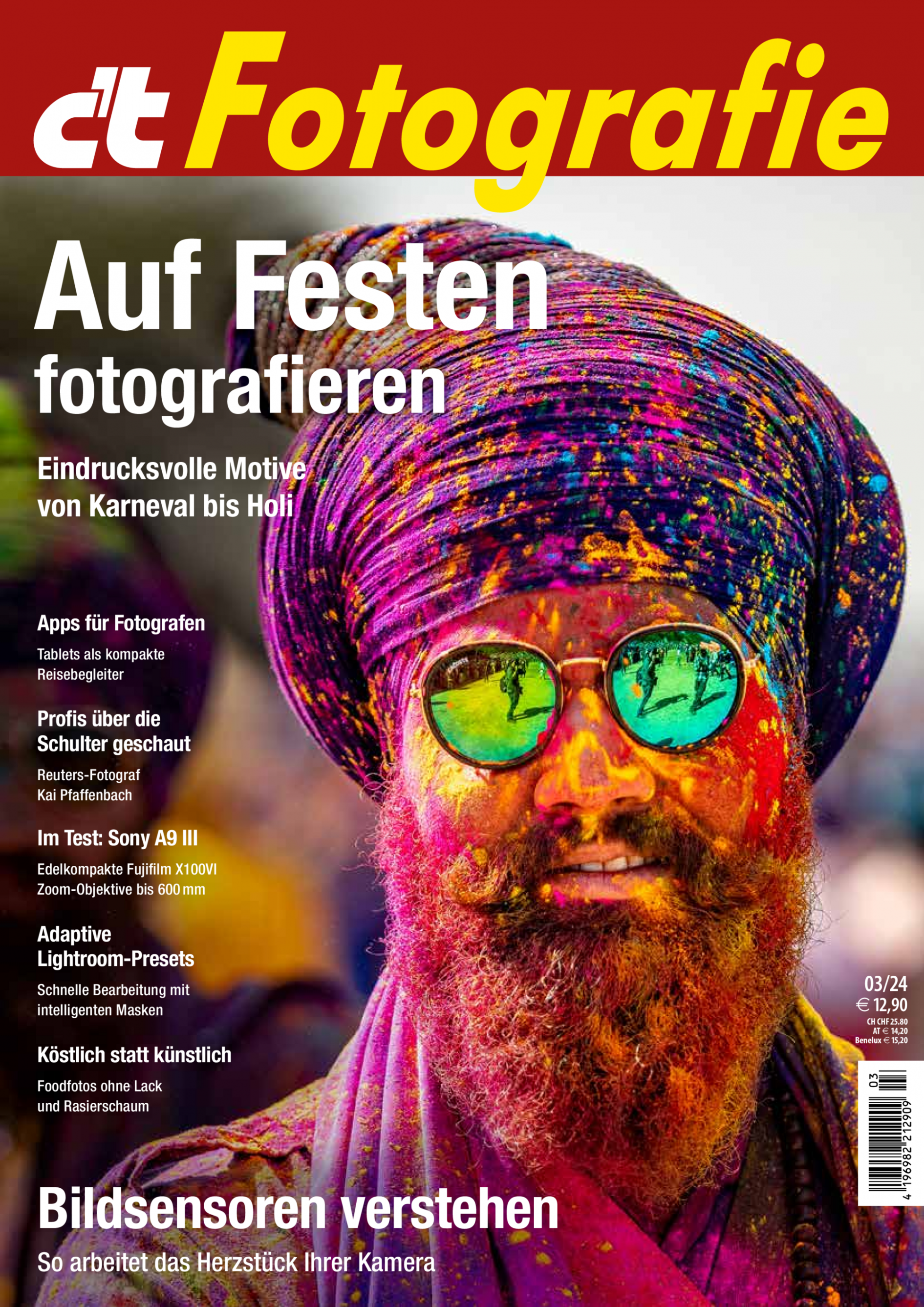Advertisement
The latest mirrorless system camera from Panasonic, the Lumix GH7, aims to set new standards – exclusively in the video sector. The manufacturer places particular emphasis on a simple workflow with minimal setup but maximum options for post-production.

Video and audio
For videographers, the GH7 offers internal recordings up to 5.7K 30p in ProRes 422 HQ and ProRes RAW HQ. To ensure that raw video can be recorded smoothly and up to C4K without time limits and without an external recorder, it again has two card slots. Slot 1 takes a CFexpress card of type B, as with its predecessor, the Lumix GH6. A proxy file can be saved in parallel on an SD card in the second card slot. The same video is recorded in a lower resolution and in a format that is easy for the computer to read, such as a MOV file in full HD.#
Videos are possible in different image formats, such as square and 16:9 in portrait and landscape format. Videographers can also continue to record on external SSDs via UBS-C, but with restrictions. This is intended to reduce heat development. However, the camera currently only allows SSDs with a maximum storage size of two terabytes and videos with a maximum of 60 fps. This does not work at all if the optional DMW-BFL19 battery is used.
So that users can control the colors of the videos directly in the camera, the Lumix GH7, like its predecessor, offers the option of saving LUTs on the camera. 39 slots are available, and it should be possible to overlay photo filters and LUTs. Other supporting functions include a waveform monitor, the crop display, an enlarged crop at the touch of a button, or vector scope and luminance spot meter.
Videographers can download different LUTs via the Lumix Lab app, similar to how they can download the looks for Leica’s new SL-3, for example. It should also be possible to create and save your own LUTs on your smartphone. Panasonic wants to simplify the pairing between camera and smartphone and optimize the transfer speed and stability.
Audio
The Lumix GH7 also allows audio recordings as 32-bit float. These offer a very high dynamic range, which can capture both very loud noises such as explosions and very quiet noises such as a whispering speaker. This means that the sound level does not have to be adjusted live, amplification of quiet recordings is avoided, and loud peaks are not cut out. This reduces sources of error and noise. The files also offer very good options for post-processing.
Compared to 24-bit recordings, they require around 30 percent more storage space. If you want to use 32-bit float recordings, you will need the optional XLR microphone adapter DMW-XLR2 in addition to the Lumix GH7.
Streaming and Cloud
If the camera is connected to the Internet (via WLAN or USB tethering), photo files in JPEG and RAW as well as proxy videos can be shared directly on Adobe’s frame.io. This is intended to optimize teamwork.
Streaming can also be done via Wi-Fi or via USB-C cable. The camera is connected to the smartphone or laptop. 4K video in up to 60 fps and with H.265 is possible.
Additional technical features
Panasonic uses an AI-trained phase hybrid autofocus in the new GH7. It is designed to recognize animals and people separately, and the same applies to several people in a group, such as at a football game. The AF is also designed to safely track vehicles and drivers. For these faster functions, a new 25-megapixel BSI-CMOS sensor is used in the Panasonic body. What remains is the sensor format as a Micro Four Thirds.
As before, the image stabilizer works in five axes and is designed to compensate for 7.5 exposure levels. The camera also offers a number of options for video, including Active IS for more severe camera shake, for example when walking with the camera in your hand, or EIS, which is designed to compensate for perspective distortions during recording.
The folding and swiveling display can also be folded forward when the side connections are used, for example for a recorder via HDMI. Panasonic has come up with a special mechanism for this. Of course, the Lumix GH7 should again be dust and splash-proof.

(Image: Image: Panasonic)
Prices and availability
The Lumix GH7 will be available in various kit versions from July 2024. The camera body will be offered for 2,199 euros, the kit with the 12-60mm F3.5-5.6 ASPH. lens for 2,399 euros, and with the Leica 12-60mm F2.8-4.0 ASPH. for 2,799 euros.
(cbr)

